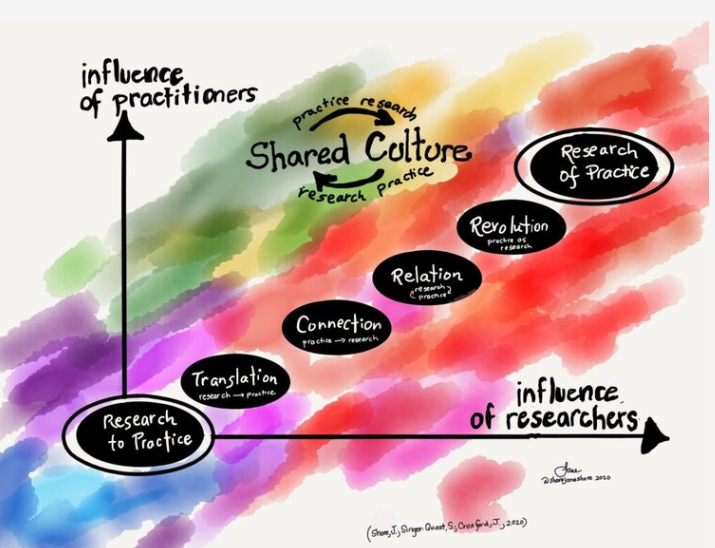Research Skills that Adult Students/Scholar-Practitioners Need
This post from the archives is relevant now. Research and practice were the focus for December on SAGE MethodSpace, with featured posts from Gary J. Burkholder and the co-editors of Research Design and Methods: An Applied Guide for the Scholar-Practitioner.
Scholar-practitioners usually conduct research while in the throes of active practice in their professions; in other words, while “on the job.” Their research often stems from some condition that arises in the workplace, and they hope that the results will have some meaningful application to their situation as well as to the profession as a whole. For these circumstances, the scholar-practitioner can benefit from research skills focused on:
Perceiving a condition amenable to research
Framing a research question
Answering a research question
Reviewing prior research
Conducting new research
Sharing research answers
Sharing locally
Disseminating research
Each of these skills can be honed technically; here we will address them from a very practical viewpoint.
Perceiving a condition amenable to research
Many conditions can vex us in the day to day of our professional work, such as many patients calling back after hospital release not understanding their discharge notes, or low student compliance with homework completion. For the scholar-practitioner, observing such conditions as a pattern, rather than isolated incidents, culminates in a perception of a researchable problem. The problem can be succinctly stated as a research question.
Framing a research question
Let’s take one of the scenarios presented in theprior paragraph. Thescholar-practitioner experiencing the hospital discharge scenario begins towonder about it and generates a question:
Why do so many patients call back for further explanationof their discharge directions after leaving the hospital?
The scholar-practitioner may want to refine thequestion and dig deeper:
What is the actual proportion of patients whocall back for further explanation of their discharge directions after leavingthe hospital?
Is there any relationship between patient’s ageand frequency of call back?
Is there any relationship between hospitaldepartment and frequency of call back?
Is there any relationship between number ofprior admissions and frequency of call back?
Has there been any change in frequency of callback over time?
The exact questions the scholar-practitioner finalizes will depend on many factors, but once framed, the next step is to answer them.
Answering a research question
There are two ways for a scholar-practitioner toanswer a research question:
Find the answer in research that has alreadybeen done, and
Conduct new research.
If the scholar-practitioner is asking a question,it is likely that others in the profession have done so as well. To find out how others have answered it, thescholar-practitioner reviews the literature in the field. For example, others may have done research onthe relationship between patient age and ability to comprehend dischargeinstructions. Or, others may have foundthat the fewer the number of acronyms used in hospital discharge instructions,the more understandable they are to patients. If the answer is already known or the information is relevant to theresearch question, the scholar-practitioner can apply that research toanswering the current question.
After reviewing the literature, the scholar-practitioner may see that further research still needs to be done. At that point, the scholar-researcher designs and conducts a study to collect and analyze data to answer the research question or questions. Of course, sharing the results of that study is important both locally and throughout the profession.
Sharing research answers
The scholar-practitioner often is looking for ananswer to a research question that is applicable to the immediatesituation. Scholar-practitionersfrequently share research results locally through board reports, newsletters,committee work, regional presentations, and work applications. However, there is also an opportunity forscholar-practitioners to add to the broader professional discourse bypublication in journals and books, as well as presentations at national andinternational conferences.
These are the basic research skills scholar-practitioners need. The best scholar-practitioner programs prepare students to apply evidence in workplace settings to make changes that can impact students, employees, and organizational effectiveness and profitability.
















In this guest post Catherine Collins describes ways to put action research principles into practice.